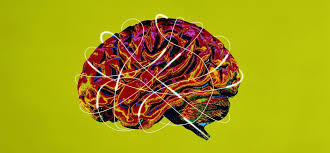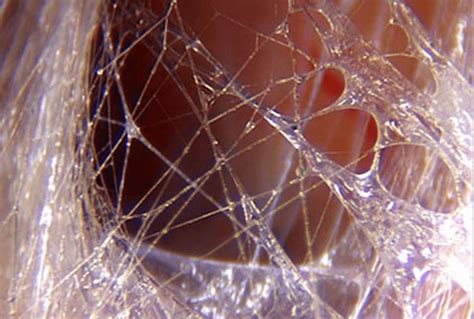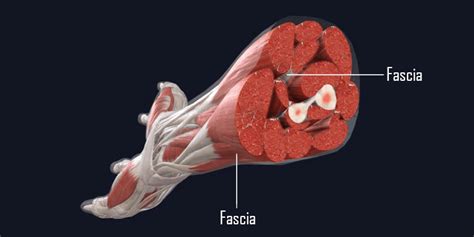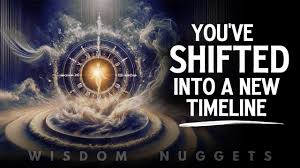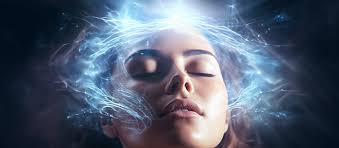What is Jumping a Timeline?
How did this idea of a Jumping Timeline arise? This shift of consciousness is part of the Great Awakening. I have been in the world of Energy Healing for about 30 years. I came from a 4 dimensional Healing Model based on Barbara Brennan’s work in “Hands of Light” and also studied and taught at her school. Things have changed greatly in the last 30 years. Minds have opened. Reality has shifted dramatically.
At that time in the 1990’s, the Barbara Brennan School of Healing was a vital “transformer” of consciousness. Barbara brought many of the eastern principles to the West to open the portal for the change of consciousness. Time was spent on healingn oneself, and our relationships as well. Thousands of people across the globe went to her school to learn and to open up. Even now- being part of that Energy Capsule brings a great perspective of looking at healing in the physical, the auric field, the haric field and in the Core Start (Divine Indivuated You).
More recently though, I heard so much about “Jumping Timelines” and I noticed it showing up so much in spiritual discussions and in books. Well also on Tic Toc with the teaching of Bashar. Lots of younger people seem convinced that we can jump timelines by just imagining our best selves. Kind of like looking at a book with many chapters. With each chapter as one possible version of how things can be. When you skip to the other, reality shifts. This means your reality is fluid and can shift, creating new possibilities. This paradigm reminds me a bit of Joe Dispenza’s work of transformation into a new personality and a new life.
Personally, I am still grappling, not with the understanding from my POV, but that of what do these other people mean? Are they personally experiencing timeline shifts? What does that look like for these individuals?
Questions: For people, does it mean setting an intention? Does it mean visualizing and making a new choice? Is this about the multiverse and quantum physics? How much do we truly understand this? Even with AI… How much do our ordinary mindset’s open up to how vast the processing of consciousness and technology can be? We are in the midst of great change here on earth now. Do you feel it? Big changes within human consciousness and all of life is at a tipping point. Where will this take us?
I believe that all of this is fascinating. I stay so curious about all the possibilities. The smartest thing I know about myself is how much I “don’t know”. Life is about living in the mystery and living in the moment if we want to live fully.
At the same time, I just don’t think humanity is at a point where we can force our thinking to taking us to the next level. There are many levels of consciousness that need to align first. We need to find a way to free ourselves from attachment to the past, and fear of the future. I am not suggesting forgetting again, but integrating! To move to the next timeline means gaining clarity and find effortless in the new moment as Eckart Tolle teaches.
Instead, right now-I think we are living on a planet where there is deep duality still. There’s so much suffering, pain and trauma. It’s not yet easy to just flip the switch for most of us. Instead, I think this is the time to face ourselves, to accept who we are, and to move with grace. Yes, to imagining our “best” selves in the future, tapping into our wholesness. But living in the moment is where it all is.
I think it’s best to create an invitation in our mindset of the thinking about our “wholeness”. The things we care about or long for most likely live in a parallel universe, but that universe is HERE. Dealing with what we are creating, the responses to that and the all external environment.
For many years, Light Workers have been working and holding a space for growth and jumping timelines. The next generation are learning and awakening exponentially. In so many ways, they are moving so much quicker than we did. What took us years, takes them weeks spiritually to feel and to understand. Many are born with spiritual gifts. A great example are the children with autism who are non-verbal. You can learn about this at: The Telepathy Tapes. But still, we need to bridge the way even more. We can’t bypass the challenges to jump ahead. The passing of the baton is the way through transformation, transcendence and consciousness awakening.
How to Jump the Timeline
If we want to be jumping timeline it takes mindfulness, authenticity, effort and also stillness. It’s an invitation and a step forward.
Living Here is the way of Jumping Timeline. Be yourself. Choose love. Self-Discover your deepest wisdom. Have the willingness to be open to the Unknown. Make the commitment.
More than anything, realize it means feeling and knowing your shadow and your darkness. Being brave enough to walk through the fire to the Light. You can’t bypass your way into a better reality. However, you can make the move. It’s up to you.
Things are Happening
Right now, so many changes both in the Light and Dark are here. Love has come to awaken all of us. This is your chance to be Jumping Timelines, but what that means is making the best life for you right here, right now now, and seeing how that change ripples through the Universe.
If this Sounds Interesting to You
Let’s talk about where you are spiritually right now. Let’s set up a 15 minute free phone consultation to see if I can help lead you to your best version of yourself. If you want to feel that sense of empowerment to level up, I’d love to support you on your journey! Or- just share your thoughts here!
Sharon Hartnett CST-D
Brennan Healer and Teacher
614 653-8111
www.craniosacraltherapistcolumbus.com
